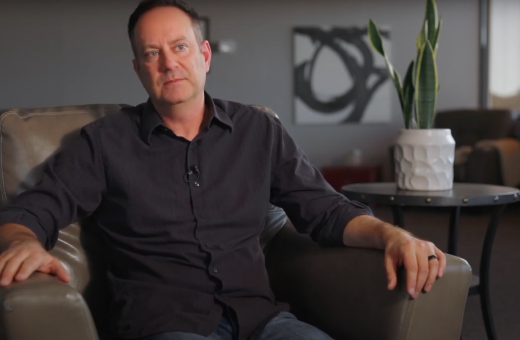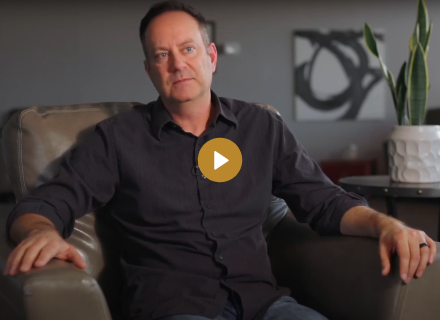Floyd Godfrey, PhD
The complex dynamics of child abuse often reveal a painful cycle where victims may transform into perpetrators, particularly among older children and teens. This phenomenon, deeply rooted in psychological trauma, underscores the critical importance of addressing emotional wounds early on to prevent the perpetuation of abuse.
The Transformation of Victim to Abuser
Research and clinical observations suggest that children who have been abused might mimic the behaviors they experienced, especially if the abuse is all they know of power and control. This mirroring of behavior is a form of learned behavior, where the child, in seeking to understand their experiences, may replicate them, often as a misguided attempt at regaining control or understanding their trauma. This is also often called “trauma repetition.”
Emotional Dynamics Underpinning the Transition
The emotional journey from victim to perpetrator is complex and fraught with internal conflict. Feelings of powerlessness, shame, and confusion can drive a child to seek a reversal of roles, mistakenly believing it might restore a sense of agency or rectify past injustices. This misalignment of emotional coping mechanisms highlights the profound impact of unresolved trauma, which, without intervention, can lead to a repetition of the abuse cycle.
Signs for Parents and Guardians
Vigilance for signs of a child transitioning from victim to abuser is paramount. These signs might include sudden changes in behavior, aggressive tendencies, problems with authority, or an unusual interest in sexual activities inappropriate for their age. It's essential for parents and guardians to approach these signs with concern and compassion, seeking professional help rather than punitive measures.
Recognizing Abuse
Equally crucial is the ability to recognize signs of abuse, which may be subtle or overt. Unexplained injuries, drastic changes in personality or habits, withdrawal, and fearfulness are telltale signs that a child may be enduring abuse. Early intervention can prevent further harm and begin the process of healing and recovery.
The Critical Role of Teaching Boundaries
Educating children about boundaries is a foundational aspect of preventing the cycle of abuse. Understanding personal space, respecting consent, and recognizing inappropriate behavior are all crucial lessons that empower children to protect themselves and others. This education should be age-appropriate and ongoing, reinforcing the concept that boundaries are both a personal right and a responsibility.
Incorporating Insights from ATSA
The Association for the Treatment of Sexual Abusers (ATSA) offers valuable resources and evidence-based practices for addressing the complexities of sexual abuse, including prevention strategies that are critical for both victims and potential perpetrators. Integrating ATSA's insights into educational and therapeutic approaches can significantly contribute to breaking the cycle of abuse.
Conclusion
The path from understanding to action involves a compassionate and informed approach to addressing the signs of abuse and the potential for victim-to-abuser transformation. With the right support, education, and therapeutic intervention, there is hope for breaking the cycle of abuse and fostering a safer, healthier future for children.
Floyd Godfrey, PhD works as a Clinical Sexologist and Certified Sex Addiction Specialist. He reflects a commitment to this cause, offering guidance and resources for those affected by the complexities of abuse and recovery. To learn more about Floyd Godfrey, PhD please visit www.FloydGodfrey.com.



